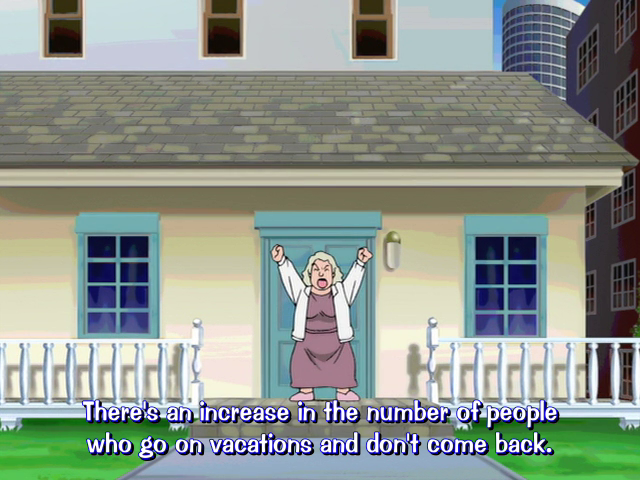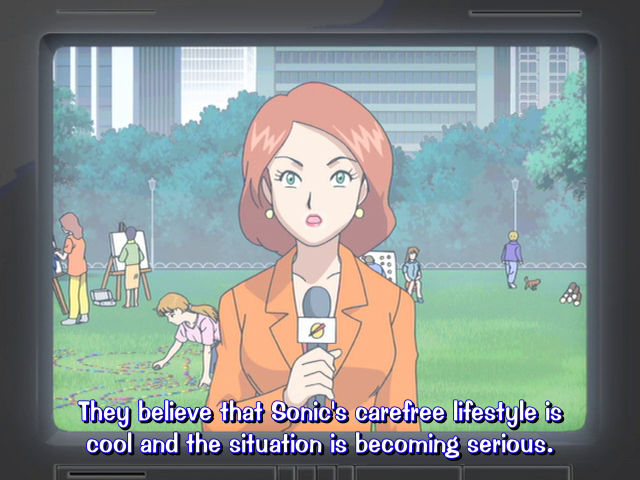hmm.. you know, all this Nights talk is making me wonder this. *I ask too many gaming questions XD* Why did the Sega Saturn not take off? Was it somehow weak on the 3D graphics part in a time where the Gaming Industry was embracing 3d or something? what was it?
Nintendo was going to strike a deal with Sony to produce a CD-based addon for the Super NES called the Playstation. The peripheral was announced, games were in development, but then Nintendo backed out (rumored because Sony and Nintendo had trouble coming to terms as to majority ownership in the device or something)
With the Nintendo Playstation canceled, Sony tried to strike up a deal with Sega of America to make a next-generation 32bit add-on for the Genesis, as Sony Imagesoft had a good history producing CD-based games for the Sega CD. Sega of America was gung-ho on the idea of teaming up, but Sega of Japan shot them down. Even though those plans fell through, Sega of America still started production on what would later become the 32X. Unfortunately, Sega of Japan didn't clue America in to the existence of the Saturn, and the two projects collided, leading to consumer confusion and wasted development money.
Having been kicked to the curb by both Nintendo and Sega, Sony decided to just make the Playstation themselves.
An important thing to keep in mind at this point is that 3D acceleration as we know it today didn't really exist back then. 3D graphics accelerators could produce polygon graphics on PCs, but they were RIDICULOUSLY expensive and very, very few games supported them.
Sony's plan was to offer bleeding edge 3D accelerated graphics for (comparatively) cheap. The Playstation was the first mass-market 3D accelerated gaming hardware.
Sega of Japan, meanwhile, was banking on games continuing on the same path they always had been. They'd planned the Saturn to be a 2D powerhouse, with vastly improved color depth and the ability to display high resolution sprites. Then they caught a wiff of what Sony was doing. The Playstation was poised to usher in the 3D revolution. Sega's plans for the Saturn was merely going to be an evolution of existing technology.
Hastily, they went back to the drawing board. They retooled the Sega Saturn's hardware to tack on some 3D graphics processing. Sony's rendering technology was using triangle shaped polygons, so Sega chose to go with quad (square) shaped polygons just as a way of drawing a line in the sand. Sega's ultimate coup de grace, though, came at the very first E3 ever. They had their press conference, talked up how awesome they thought the Saturn was, and closed out with a bombshell: The Sega Saturn was going to retail for $399...
now. Like, right now. The moment the press conference ended, you could theoretically walk in to a store and buy one that very instant.
The Saturn had originally been projected to launch months later, but Sega wanted to get out ahead of Sony and beat the Playstation to the punch. Unfortunately, they weren't as agile as they hoped. The Saturn was available, sure, but it was only being sold at one specific retailer (Kaybee toys), and they only had a very limited run available. What few games were available were quite clearly not ready, riddled with framerate problems and missing features. Sega's desperation was showing.
Sony, for their response at E3, had only one thing to say:
"
$299."
Mic officially dropped.
Sega was caught with their pants down. They rushed to market, unprepared, and Sony called their bluff. It started what became a cascade of failure for the Sega Saturn, as Sony made all of the right moves, and Sega did almost quite literally the opposite.
Remember earlier when I stated that Sony chose triangle polygons for their 3D rendering technology? Triangles became the dominant standard (and are still in use today). Sega's quad-based 3D rendering was tough to work with and quickly depreciated. It made porting games from the Playstation to the Saturn extremely difficult; games had to almost be remade from scratch specifically for the Saturn. It very quickly stopped being worth the effort.
Sega's hasty decision to slap 3D processing in to the Saturn ended up being a problem, too. Though the system was purportedly more powerful than the Playstation, it was extremely difficult to utilize that power. The Saturn was an early example of a game console having multiple co-processors working in tandem (something that is commonplace, now). Very few developers at the time knew how that stuff worked. By relation, making games for the Playstation was painless, and more developers flocked to that system for its ease of use.
A few Sega developers managed to squeeze some
very impressive visuals out of the Saturn, but it was too little, too late.
Sony had the right hardware, at the right price, at the right time. Sega fumbled around with a trainwreck of half-baked ideas, made worse when Bernie Stolar took up his position as head of Sega of America. Stolar hated the Saturn, and actively tried to give the system a premature burial. He constantly urged Sega of Japan to get on with the next big thing. Whatever small fighting chance the Saturn might've had was utterly squashed as Stolar made declarations like, "Nobody in America wants RPGs!" - even in the face of the massive success of games like Final Fantasy VII.
It was the clusterfuck to end all clusterfucks.






